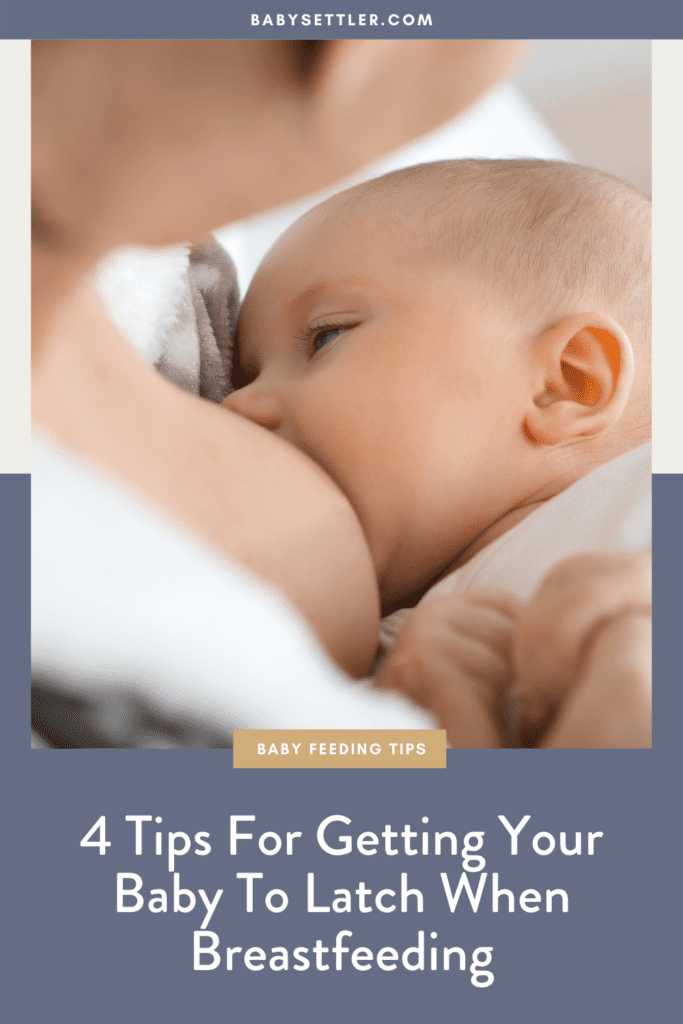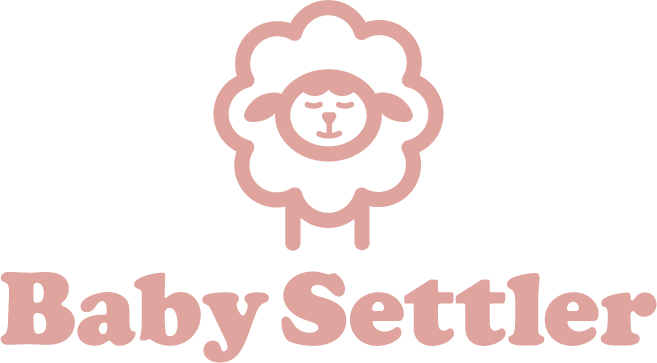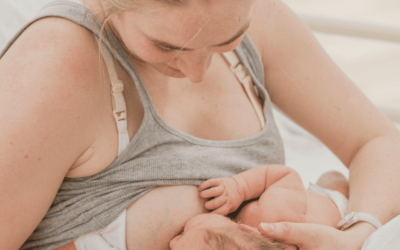
Something that I want every new mom to know is that it’s okay to struggle with breastfeeding. Unfortunately, our babies don’t come out of the womb knowing how to latch. Welcoming your new little one into the world and then finding feeding them to be a challenge can be very frustrating ー don’t beat yourself up and don’t give up breastfeeding just yet, mama!
First, you may be asking yourself, what exactly is latching?
Latching is the process of your baby’s mouth attaching to your nipple and areola in order to suckle. Getting your baby to latch isn’t just about the nipple ー your areola has milk ducts which your baby’s mouth should be around.
Why Is A Good Latch So Important?
The way your baby’s mouth is positioned around your nipple can determine whether they get enough milk. Plus, when they have a good latch, the experience is more comfortable for you, too.

An incorrect latch can result in you experiencing nipple pain and even damage in some cases. Also, if your baby is unable to fully drain the milk from your breasts, this could interrupt your milk supply and cause clogs and mastitis (inflammation of the breast tissue which could include an infection).
What Does A Good Latch Look Like?
When your baby is feeding, they shouldn’t have to twist to get to your breast ー their spine, head and neck should all be aligned. Also, their chin should be pointed upwards slightly, not dropped towards their chest.
Your baby’s mouth should cover a large part of your areola. Of course, every woman’s areolae are different, and not all newborns are the same size! So, you may see some of your areola which your baby is feeding.
Newborn’s noses are naturally turned up for easy breathing when breastfeeding, so your breast shouldn’t be too pushed up against their face that they struggle to breathe.

Medela says, “Watch your baby – at first he’ll do short, rapid sucks to stimulate your milk flow (let-down reflex). Once milk starts flowing, he’ll suck more slowly and deeply with some pauses, which may indicate he’s taking in milk – a good sign! You should see his jaw moving, and may also hear sucking and swallowing as he feeds.”
What Does A Good Latch Feel Like?
Breastfeeding shouldn’t be painful or very uncomfortable. You should just feel a slight pulling sensation. After breastfeeding, your nipple may feel a bit tender, especially during the early days, but if breastfeeding is painful while you’re feeding, there is something wrong.
After giving birth, ask a healthcare professional, such as a lactation consultant, to have a look at your process of feeding your newborn. They’ll be able to correct anything that needs adjusting to avoid issues down the line.

Tips For Getting A Good Latch
- Touch your nipple to your baby’s top lip to encourage them to open up their mouth wide. The wider their mouth, the easier it will be for them to attach to your nipple and areola.
- Once your baby has opened their mouth wide, aim your nipple towards the roof of their mouth. Cupping your breast may help, as the American Pregnancy Association suggests, “You might need to hold your breast to help guide the nipple to your baby’s mouth. Grasp the breast on the sides, using either a ‘C’ hold or ‘U’ hold. Make sure to keep fingers far from the nipple so you don’t affect how the baby latches on.”
- Keep your little one close to you with their chin always touching your breast.
- If you need to reposition your baby, don’t just pull your baby off your breast. Gently insert your finger into their mouth in order to break the suction.
Tips For Making Breastfeeding More Comfortable
- Set yourself up for an enjoyable experience by creating a breastfeeding station. This can look like a corner in a quiet room in your home that includes a comfy chair, a footstool, blanket, easy-to-reach snacks, and headphones to listen to music or a podcast. Packing a few items into a bag can also help you move to a different breastfeeding location, like your bed, with ease.
- At around two weeks postpartum, I recommend moms start pumping to build up a stash of breastmilk. There are going to be days when you’re frustrated, overwhelmed and just plain over it ー don’t let one bad day be the reason you completely give up breastfeeding! Some breast milk on hand and giving the bottle to your partner or family member to feed your baby can give you the opportunity to take some of the rest you need. Tomorrow is a new day.
- Crying is a late hunger cue. A crying, fussy baby can be challenging to breastfeed. Notice when your baby begins bringing their hands to their mouth, sticking their tongue out, smacking their lips, and becoming restless ー they’re letting you know they’re hungry.

For more breastfeeding tips, click here.
While breastfeeding may be the most natural way to feed your baby, that doesn’t mean it’s easy! Mama, if you’re struggling, ask for help.
A lactation consultant can help improve the breastfeeding experience, and give you the confidence to troubleshoot any issues that come up when feeding your baby. If you’re in the Charleston, SC, area, click here to schedule an in-office or at-home lactation consult.




